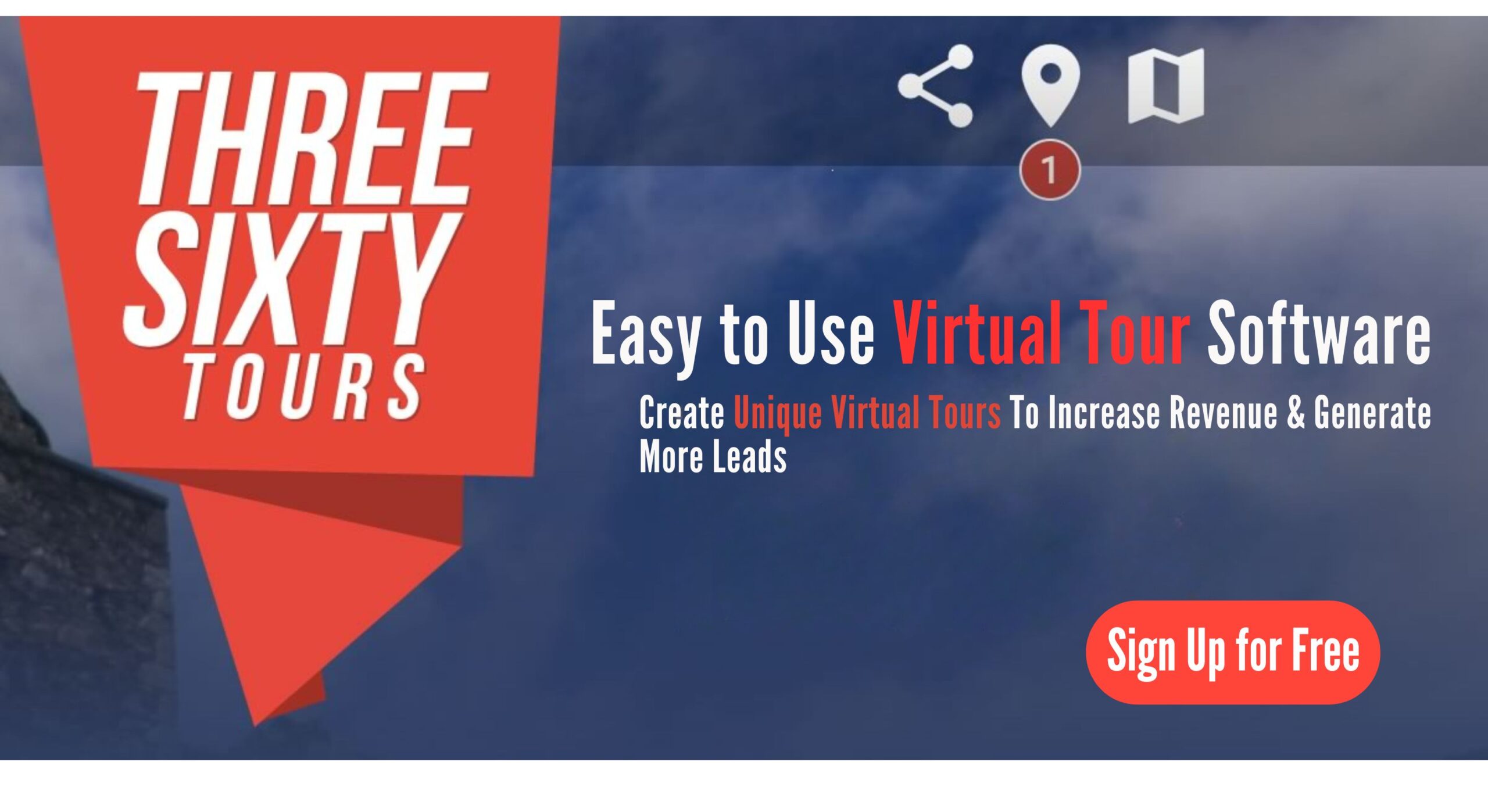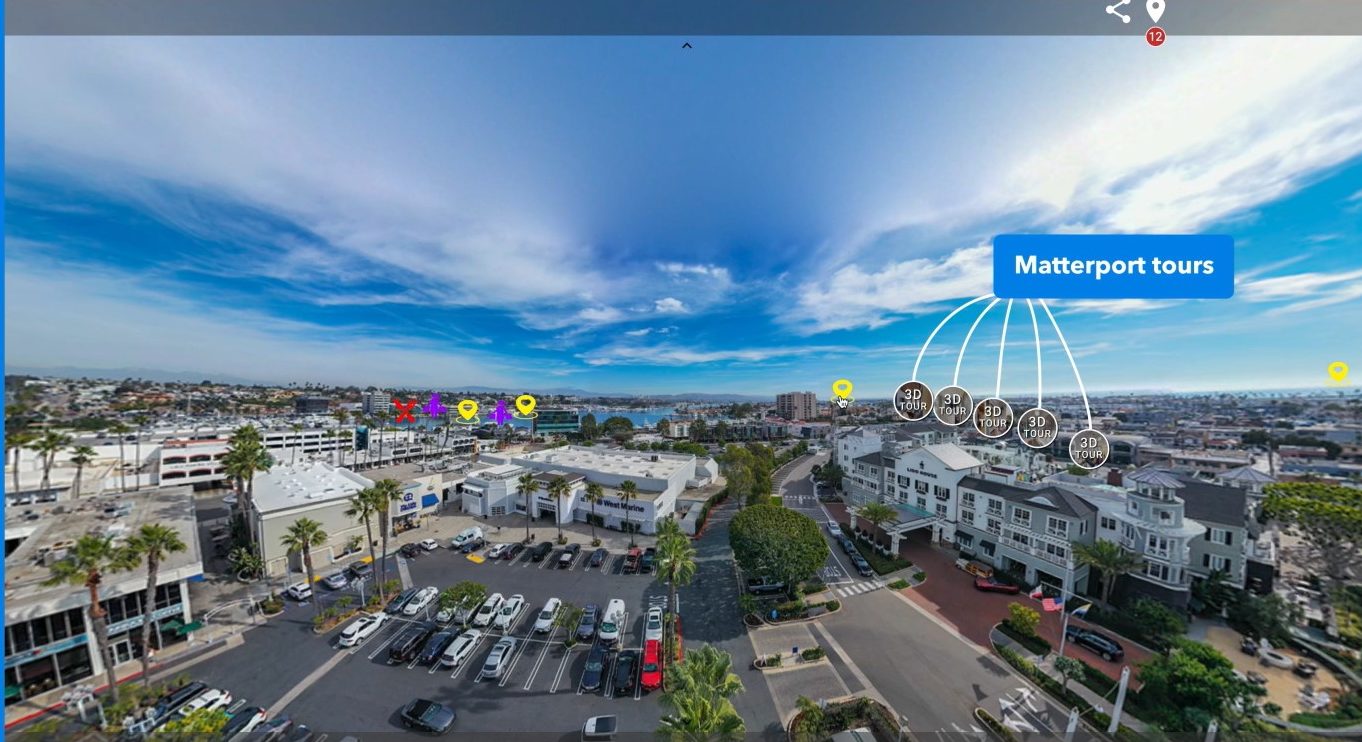360 camera
The Complete Guide to 360 Cameras for Photographers and Real Estate Professionals
I. Introduction
A. What Is a 360 Camera?
A 360 camera, also called an omnidirectional camera, captures everything around it. It does this in all directions at once. Unlike regular cameras that focus on one angle, 360 cameras use two or more wide-angle lenses. They shoot a full sphere of your surroundings.
This means viewers can explore the image or video. They do this by dragging their mouse or tilting their phone. It’s like stepping inside the photo.
B. A Quick History of 360 Cameras
The roots of 360 photography go back to panoramic images from the 1800s. But the real breakthrough came with digital technology. Early 360 cameras were big, expensive, and mainly used by the military and scientists.
Fast forward to the 2010s. Brands like GoPro, Insta360, Ricoh, and Samsung brought compact 360 cameras to everyday users. These devices became popular with photographers, marketers, and real estate pros wanting to create immersive experiences.
Today’s 360 cameras are small, affordable, and packed with features like 5.7K video, real-time stitching, and seamless integration with platforms like www.threesixty.tours.
C. Why 360 Cameras Matter Today
We live in a digital-first world. Whether you’re selling a home or telling a story, visual content is everything. 360 cameras let you create interactive, immersive media that grabs attention.
- For photographers, it unlocks new creative angles.
- For real estate agents, it means virtual tours that clients can view from anywhere.
- When paired with www.threesixty.tours, sharing and managing these experiences is simple and powerful.
II. How 360 Cameras Work
A. The Tech Behind the Lens
So how do these cameras capture everything? Most 360 cameras use two ultra-wide fisheye lenses. Each covers about 180 degrees. The software then stitches those two images into one seamless sphere.
- 1. Lenses
Fisheye lenses are key. They’re designed to capture the widest possible field of view. Higher-end models might have 4, 6, or even 8 lenses to improve clarity and reduce blind spots. - 2. Image Stitching
Image stitching is where the magic happens. The camera’s software blends the images from each lens into a single 360-degree view. Some cameras do this instantly (in-camera stitching), while others rely on post-editing software for better results. Advanced platforms like www.threesixty.tours support high-quality stitched images and offer tools to enhance your virtual tours further.
B. Types of 360 Cameras
- 1. Consumer Models
These are perfect for beginners or casual users. They’re affordable, easy to use, and great for real estate or social media. Popular choices include the Ricoh Theta SC2 and Insta360 ONE X2. - 2. Professional Models
Need higher resolution, better low-light performance, or manual controls? Pro models like the Insta360 Pro 2 or GoPro MAX deliver up to 8K video and are ideal for commercial projects or VR content. - 3. What to Look For
When shopping for a 360 camera, consider:- Resolution: Look for 4K or higher for sharp images.
- Frame Rate: Higher frame rates (60fps+) give smoother video.
- Stitching: In-camera saves time, but post-processed often looks better.
- Battery Life: Crucial for long shoots or property tours.
- Storage: Ensure it supports large SD cards or cloud storage.
III. Applications of 360 Cameras
A. Photography & Videography
- 1. Events and Travel
Want to relive a wedding or hiking trip like you’re really there? 360 cameras capture the full experience. Travel bloggers and event photographers use them to bring viewers into the moment. - 2. Real Estate and Architecture
360 cameras are transforming property marketing. Agents can create virtual walk-throughs that buyers explore from their phones or laptops. Architects use them to show off designs and layouts in full context. Pairing your content with www.threesixty.tours makes it easy to host, share, and customize virtual property tours.
B. Virtual Reality (VR) & Augmented Reality (AR)
- 1. Immersive Experiences
VR relies on 360 content. Whether it’s a museum tour or a training simulation, 360 cameras provide the base content that makes these experiences feel real. - 2. Education and Training
Schools and companies use 360 video for virtual field trips, safety training, and interactive lessons. It’s a more engaging way to learn and retain information.
C. Social Media and Online Sharing
- 1. Interactive Stories
Platforms like Facebook and YouTube support 360 content. This makes it easy to share immersive videos that stand out in crowded feeds. - 2. User-Generated Content
As 360 cameras become more affordable, people are using them for everything from DIY tutorials to travel vlogs. The format is engaging and encourages viewers to explore. Photographers and real estate pros can use tools like www.threesixty.tours to turn these images into full experiences with clickable info tags, navigation menus, and analytics.
IV. Benefits of Using 360 Cameras
A. Higher Engagement
360 content invites interaction. Viewers can look around, zoom in, and explore. This keeps them engaged longer and makes your content more memorable.
In real estate, this means buyers can “walk through” a space before ever visiting in person.
B. Better Storytelling
360 cameras let you tell stories in a new way. Instead of just showing what’s in front of the lens, you show the entire setting. This is great for documentaries, travel stories, or showcasing properties.
C. Versatile Across Industries
You’ll find 360 cameras in journalism, tourism, education, marketing, and more. Their flexibility makes them a smart investment for professionals in many fields.
When combined with www.threesixty.tours, you can turn raw footage into polished, interactive experiences tailored to your audience.
V. Challenges and Limitations
A. Technical Hurdles
360 cameras aren’t perfect. Some issues include:
- Stitching errors that create visible seams.
- Weak low-light performance compared to DSLRs.
- Motion blur or parallax issues with moving objects.
B. Learning Curve
Creating great 360 content takes practice. You’ll need to learn shooting techniques, stitching, and editing. Software like Adobe Premiere Pro or Final Cut Pro can help, but there’s a learning curve.
Luckily, platforms like www.threesixty.tours offer tutorials and support to help you get started.
C. Cost and Competition
High-end 360 cameras and gear can be pricey. Moreover, as more people enter the market, standing out gets harder. To compete, you’ll need not just great visuals but also strong storytelling and user-friendly navigation.
With the right tools and training, these challenges are manageable—and the payoff is worth it.
VI. Conclusion
A. Why 360 Cameras Matter
From real estate to travel, 360 cameras are changing how we capture and share the world. They offer immersive, engaging content that traditional photos and videos can’t match.
B. What’s Next?
Expect to see more AI editing tools, higher resolutions, and better integration with AR and VR platforms. Cloud-based tools like www.threesixty.tours will make it even easier to manage and share your 360 content.
C. Final Thoughts
Whether you’re a creative storyteller or a real estate agent, now’s the time to explore 360 photography. With tools like www.threesixty.tours, creating and sharing immersive experiences is easier than ever.
Ready to start your own virtual tour? Visit www.threesixty.tours and turn your 360 images into stunning, interactive experiences today!


